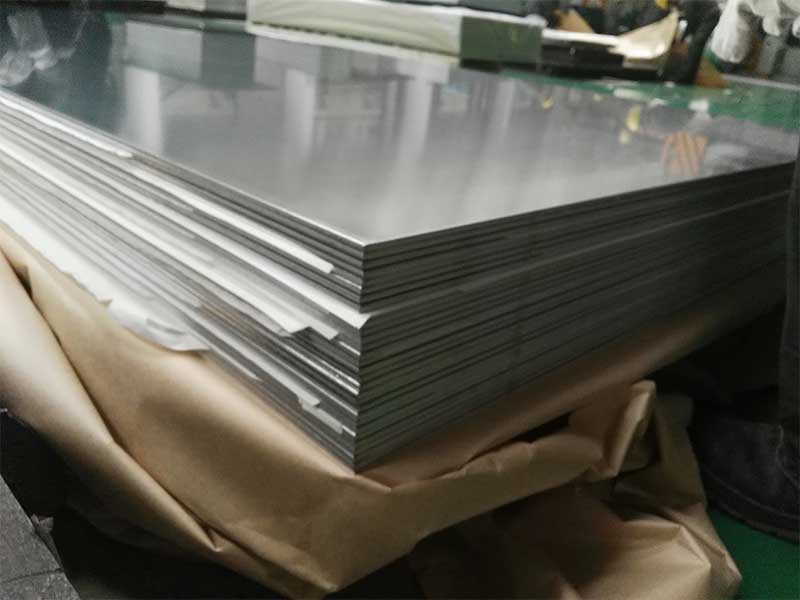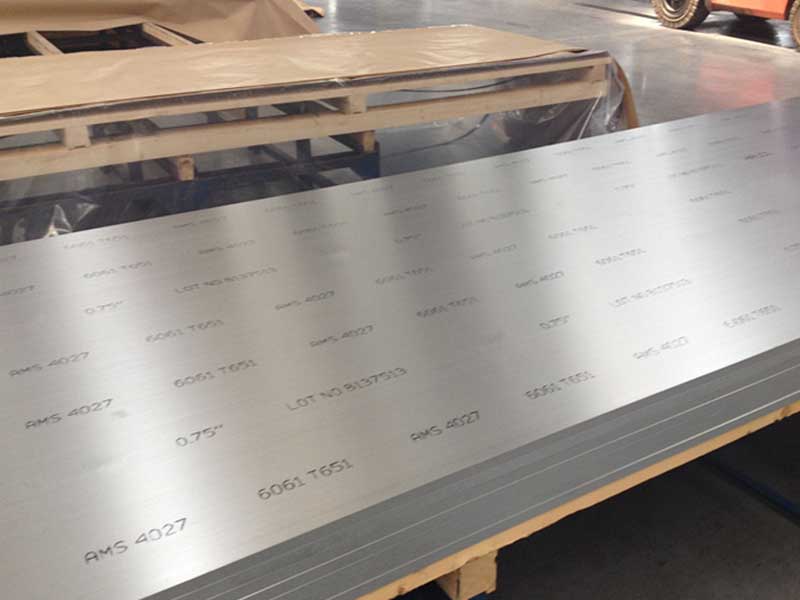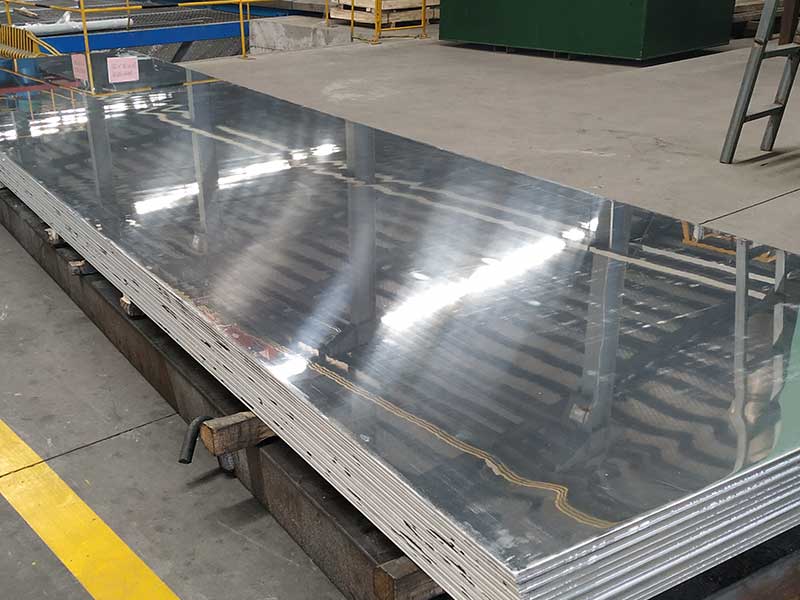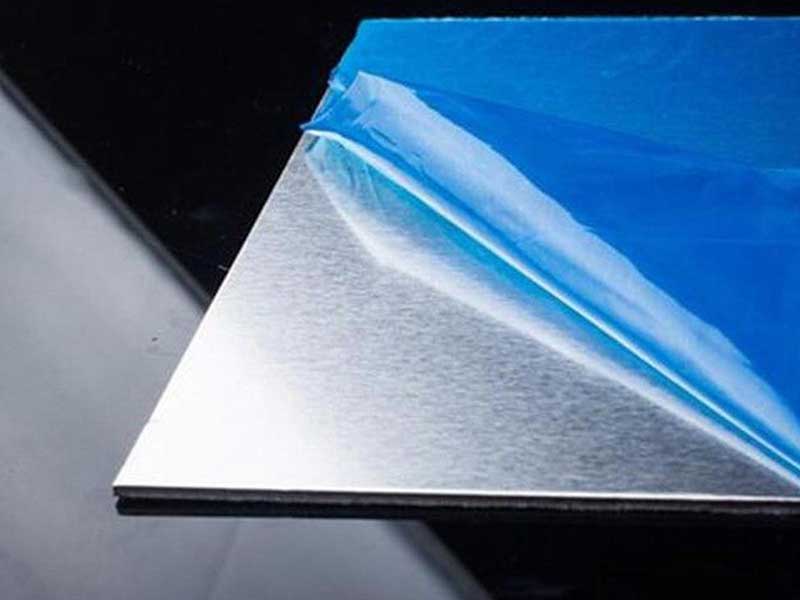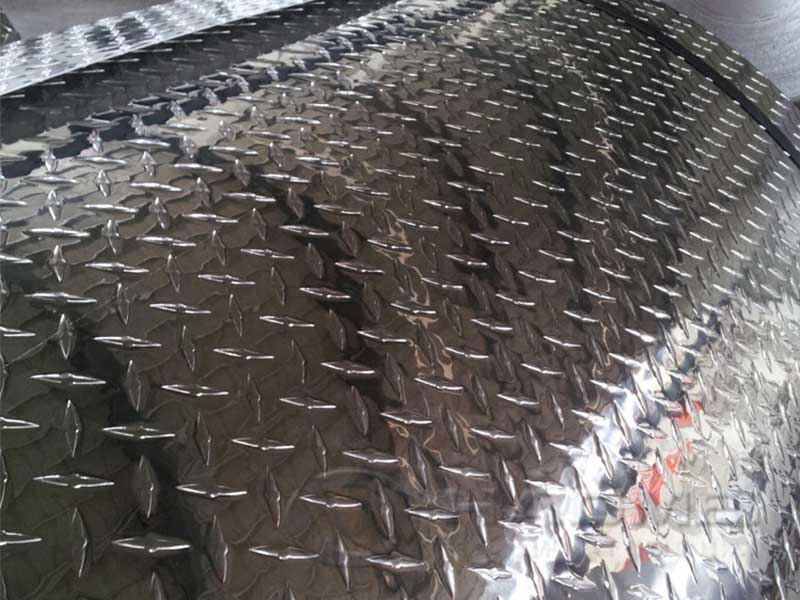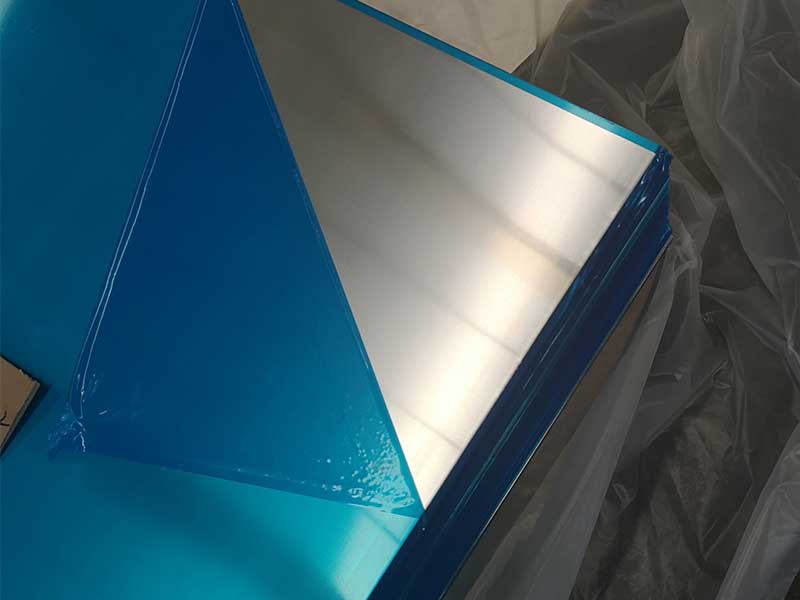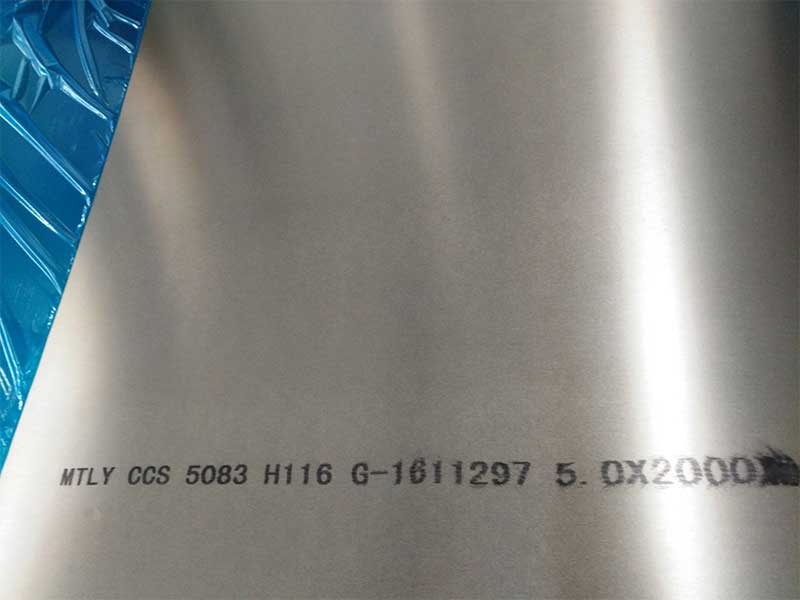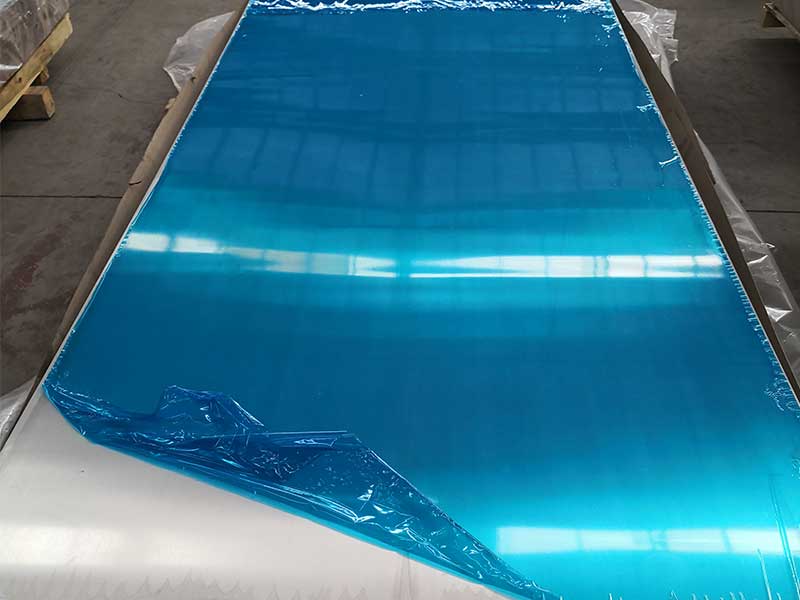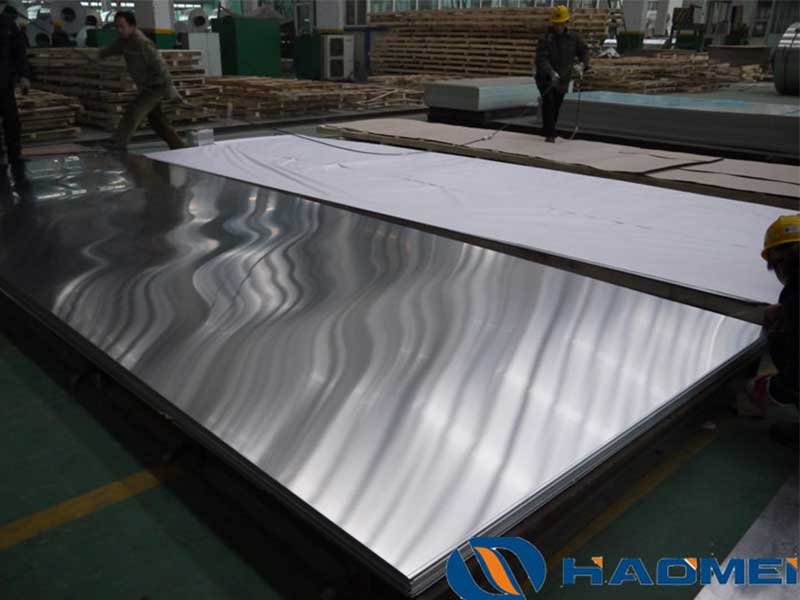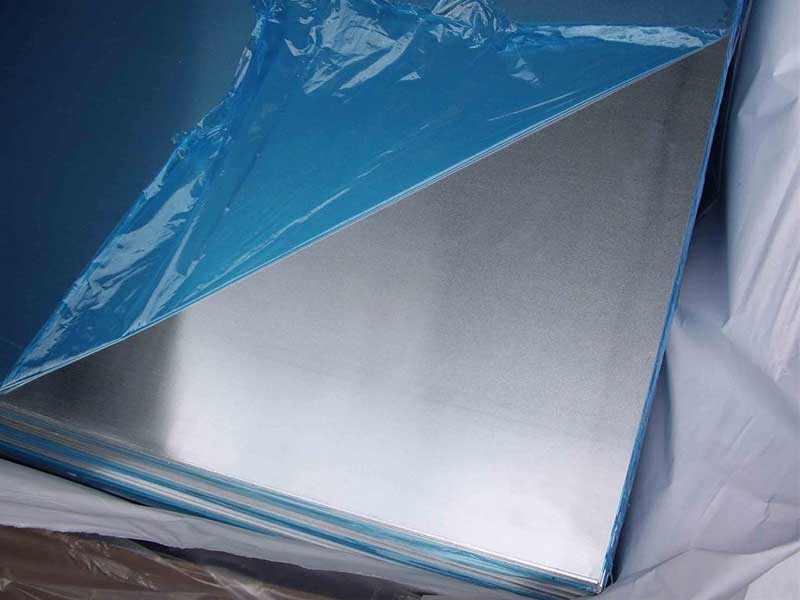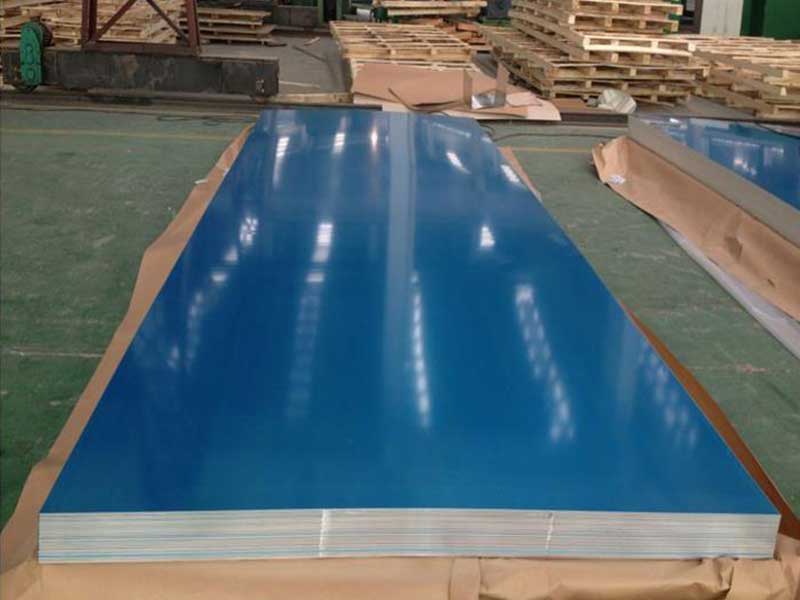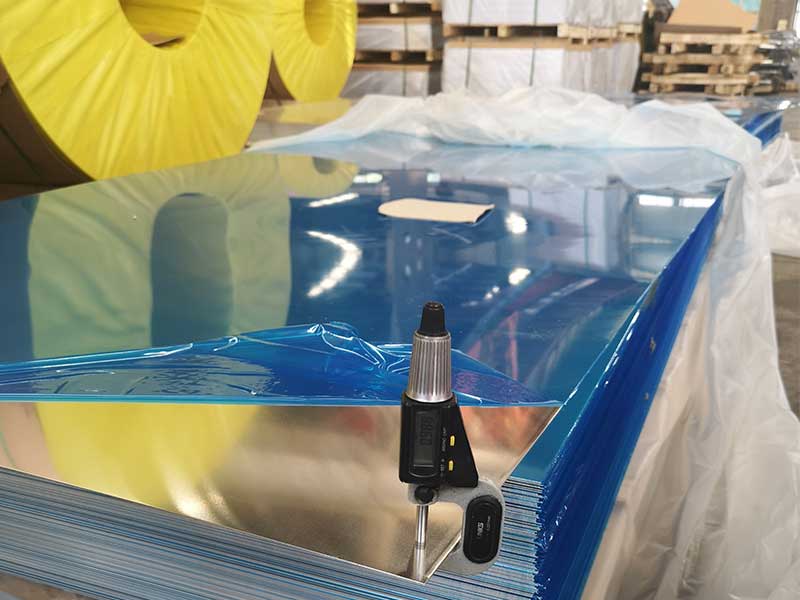2025-02-08 https://www.aluminum-coils.com/a/aluminum-for-cables.html
Aluminum for Cables: A Game-Changer in the Electrical Industry
In the vast universe of electrical components, materials play a crucial role in overall efficiency and functionality. While copper has long been the reigning champion for electrical conductors, aluminum is making significant inroads, merging value with vast reasons for reconsideration. Why, you may wonder? As it turns out, aluminum for cables isn’t just a substitute but is fundamentally transforming industries by embracing the demand for efficiency balanced with responsiveness to environmental challenges.
From my perspective on the factory floor, where we roll out aluminum sheet for countless applications, the aluminum used in cabling is a fascinating subset of our output. We often see specifications for incredibly high purity aluminum, demanding minimal trace elements and incredibly tight tolerances on thickness and surface finish. This is far more stringent than what's needed for, say, automotive body panels or even beverage cans. The reason becomes clear when you consider the electrical conductivity requirements: any impurities hinder electron flow, leading to increased resistance and energy loss. It's a testament to the importance of precision and quality control – a tiny deviation in our process can significantly impact the performance and longevity of those cables, resulting in considerable financial losses for our customers down the line.
Personally, I find it rewarding to know that the materials we produce here contribute to such a crucial aspect of modern infrastructure. We don't see the finished product often, but knowing that our meticulously-produced aluminum sheet plays a vital role in everything from power transmission lines to high-speed data cables gives a real sense of purpose. The demand for higher conductivity and lighter weight cables constantly pushes the boundaries of aluminum metallurgy, and witnessing the advancements in our own production processes to meet these challenges is incredibly stimulating. It's a constant reminder that even something seemingly mundane as aluminum sheet can have a profound impact on the world around us.
The Rise of Aluminum in the Cable Industry
First emerging during the mid-20th century when manufacturers sought to reduce costs and resource depletion, aluminum's presence in cables has surged as technology and market demands shift. Packaged similarly to copper cables, aluminum cables can be much lighter—considerably easing the burden on poles and support structures. This remarkable transformation is packed not just with potential improvements in logistics and efficiency but also touches the pressing issue of sustainability faced today.
Why Choose Aluminum?
-
Weight Advantage: The astounding combination of lower density and similar conductivity to copper positions aluminum as the sphere's superhero, effectively minimizing equipment burdens. This translates into savings on infrastructure and easier transportation, a factor essential in large installations where electricity distribution requires numerous materials.
-
Cost Effectiveness: Fluctuating copper prices often steer manufacturers and businesses toward re-evaluating-out methods, giving the edge to aluminum as a budget-friendly alternative. Aluminum prices can be about one-third those of copper, which opens countless avenues for cost reductions without compromising utility.
-
Aluminum Conductivity Redefined: Traditionally perceived as deficient in performance due to lower (but comparable) conductivity, advancements in metal gauging and design now ensure aluminum cables bridge conductivity gaps with predetermined regulations, ensuring robust-feel investments.
-
Streamlined Maintenance: With improved insulation technologies adorned to aluminum cables, maintenance remains a minor inconvenience over long durations. Fitted to last under the right seals, the metal resists issues stemming personnel wear, directing circuits toward lower loads under various environmental challenges, be it extreme temperature shifts or corrosion.
-
Sustainability in Utility: The modern consumer is informed and leans far toward purchasing ingredients that promise optimum environmental sustainability. Aluminum brings an opportunity for lighter wiring resources attracting high-interest project applications benefiting transitioning energy solutions. Not to mention, the metal can be virtually endlessly recyclable without performance degradation.
Applications of Aluminum Cables
Given its properties, aluminum witnesses notable applications across multiple fields.
-
Overhead Power Lines: Featuring lightweight yet durable cabling material, aluminum showcases overwhelming benefits in upgrading to aerial power networks. Voltages understandably lead to continual reliability further underscored by environment-driven cost pressures connecting home installations to upstream.
-
Renewable Energy Projects: Aluminum broadcasting its physical structure paves pathways to reimagined interactions across extensive solar farms, interconnected offshore wind connections reaffirming the collective global effort in combating climate change.
-
Transportation: The acute shift to sustainable efficiencies emphasizes many Architects zeroing in on aluminum wiring in EV manufacturing with rising consumer intersections blossoming onboard.

